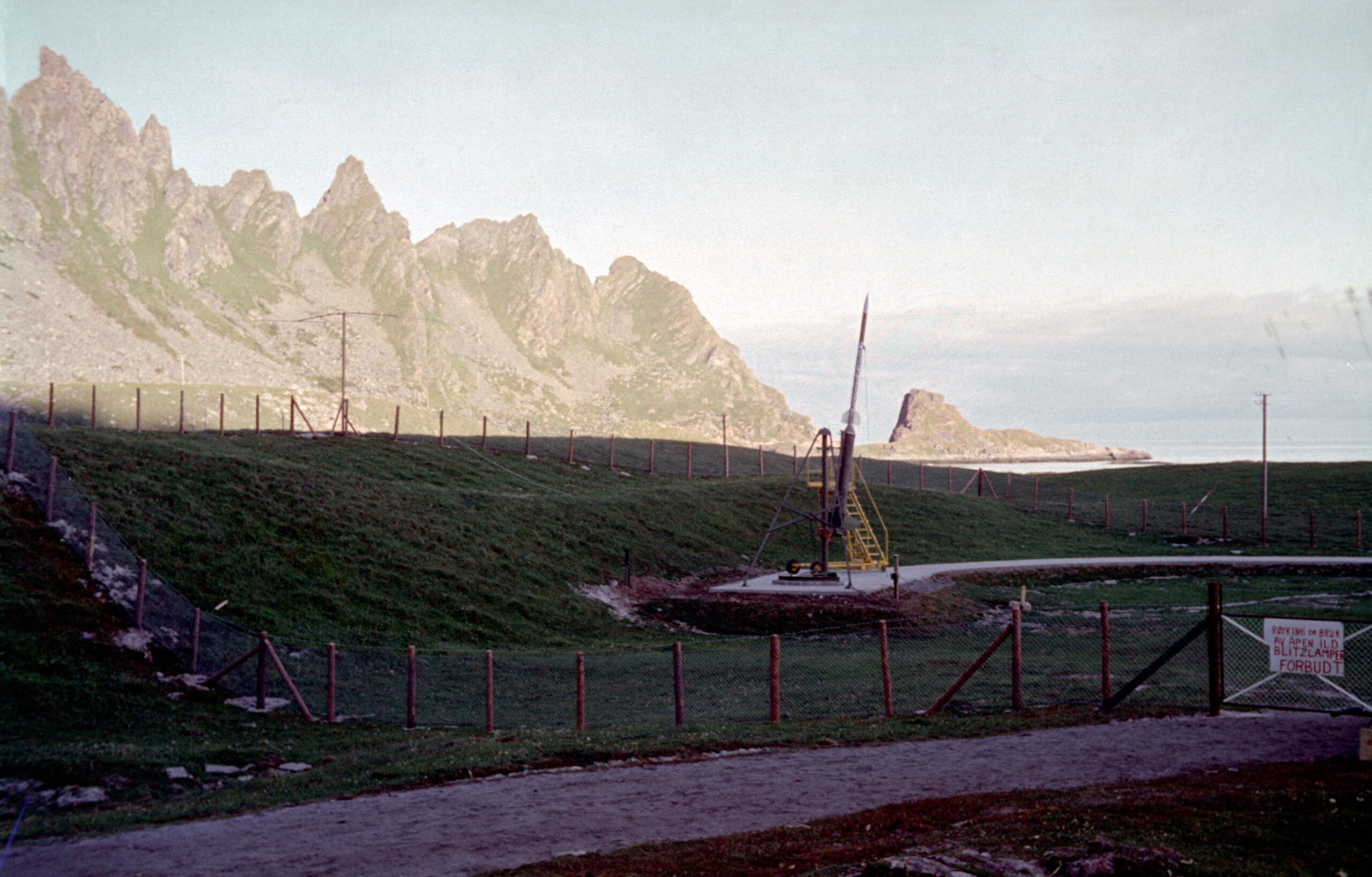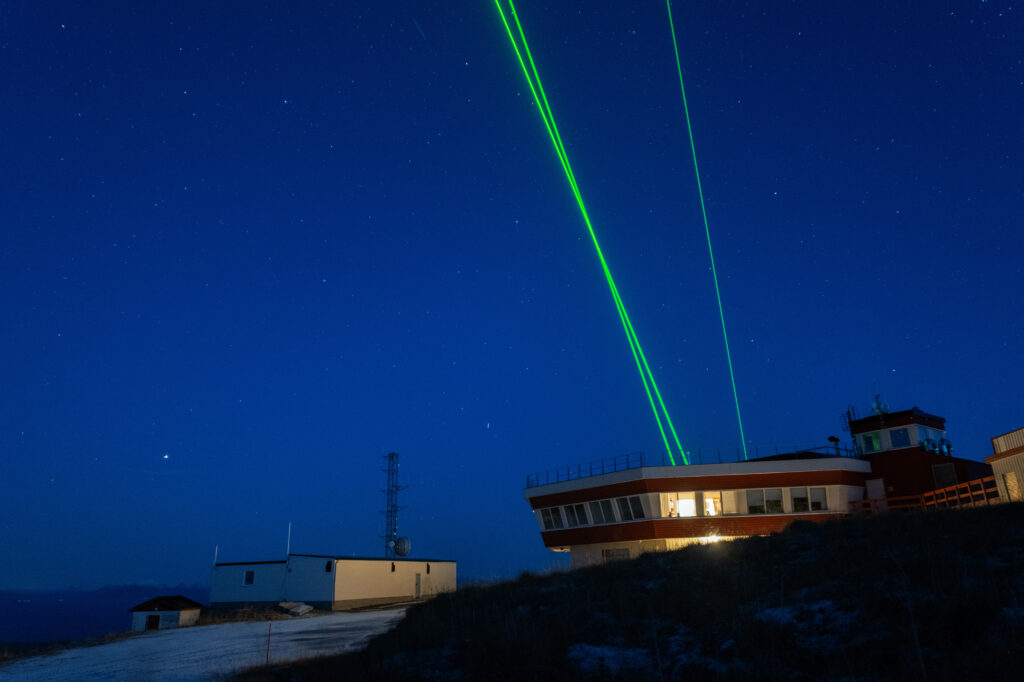
Our history
Humans have always been captivated by the beautiful aurora seen in the two polar regions of Earth. There have been many hypotheses of what creates them, and the research spawned a world-leading scientific community in Norway studying the phenomenon from the ground for the past two centuries.
In modern times advances in rocket technology meant that the aurora for the first time could be studied from within.
The very first launch of a Norwegian civilian, suborbital research rocket took place at August 18th, 1962, from Andøya. The mission was a collaboration between Norway, Denmark and United States, where NASA supported the mission with radar and telemetry systems.
Since then, thousands of launches have taken place. Countries like USA, UK, Germany and France have completed many missions from Andøya, both with sounding rockets and scientific balloons.
Earth’s magnetic field forms a cusp in the polar regions. Flying a sounding rocket from Andøya through the cusp region requires large and costly vehicles. In order to enable scientists to use smaller and cheaper rockets Andøya Space established a second launch area at Ny-Ålesund, Svalbard. The first launch took place in 1997.

The Alomar Observatory
A German-Norwegian initiative in the early 90s led to the establishment of the Alomar Observatory on top of the Ramnan mountain at Andøya in 1994. Using state of the art lidar and radar systems, in addition to other complementary remote sensing techniques, the observatory has studied the Arctic atmosphere for over 25 years.
Technology tests
Civilian sounding rockets and military missiles requires more or less the same infrastructure, and Andøya Space has already been involved in missile testing for decades. From the early Penguin missile and up to modern variants, Andøya Space is a trusted partner when performing live firing tests and operational training exercises.
Space education
A space technology course was set up at local high school in Andenes, where the students take some of their classes at Andøya Space, creating a unique learning environment where students can be very hands-on.
This led to the creation of a space education subsidiary being established in the year 2000.
Today, thousands of students from all over the world have been to Andøya Space, built basic sounding rockets from scratch and launched them under the supervision of the professionals.
Drones
Remotely piloted aircraft systems of all sizes have increased in popularity and usefulness around the world as the technology has matured. This has led to the creation of a new business area at Andøya Space.
In 2012 a fixed-wing drone built by Andøya Space performed one of the world’s longest civilian BRLOS (beyond radio line of sight) drone flights (by then), relying solely on satellite communications.
Today, Andøya Space uses drones for several types of missions, such as inspection, research, surveillance and flight testing.
Satellites
Andøya Space recognized at an early stage the important role satellites would play in communication, environmental monitoring and other crucial societal areas. An initiative to pursue orbital launches from Andøya began already in the early 90s. The recent revolution in the space industry, allowing smaller satellites and the development of smaller launch vehicles, has enabled Andøya Space to finally realize the establishment of a launch site for small satellites to polar low Earth orbit and sun-synchronous orbits.
